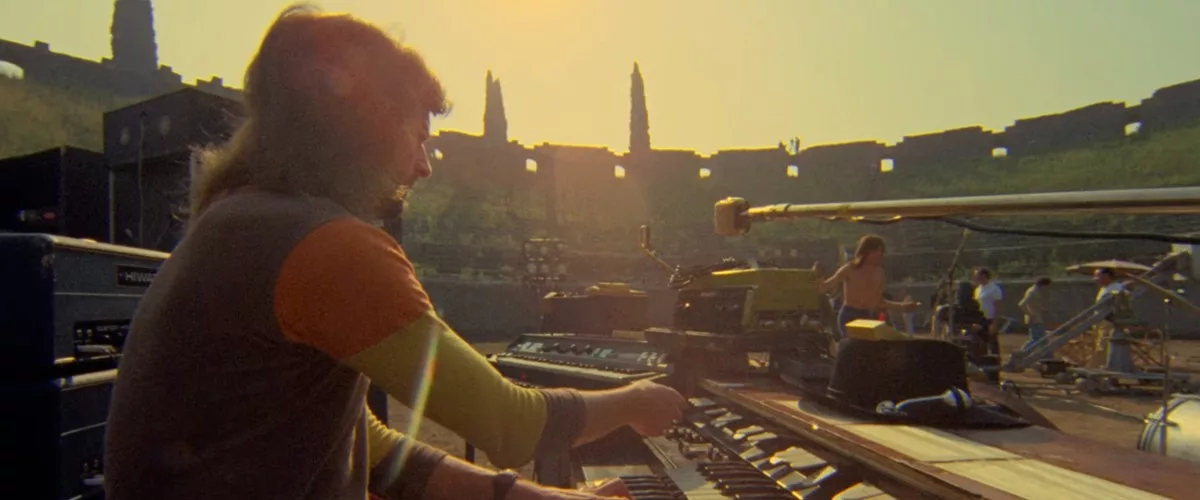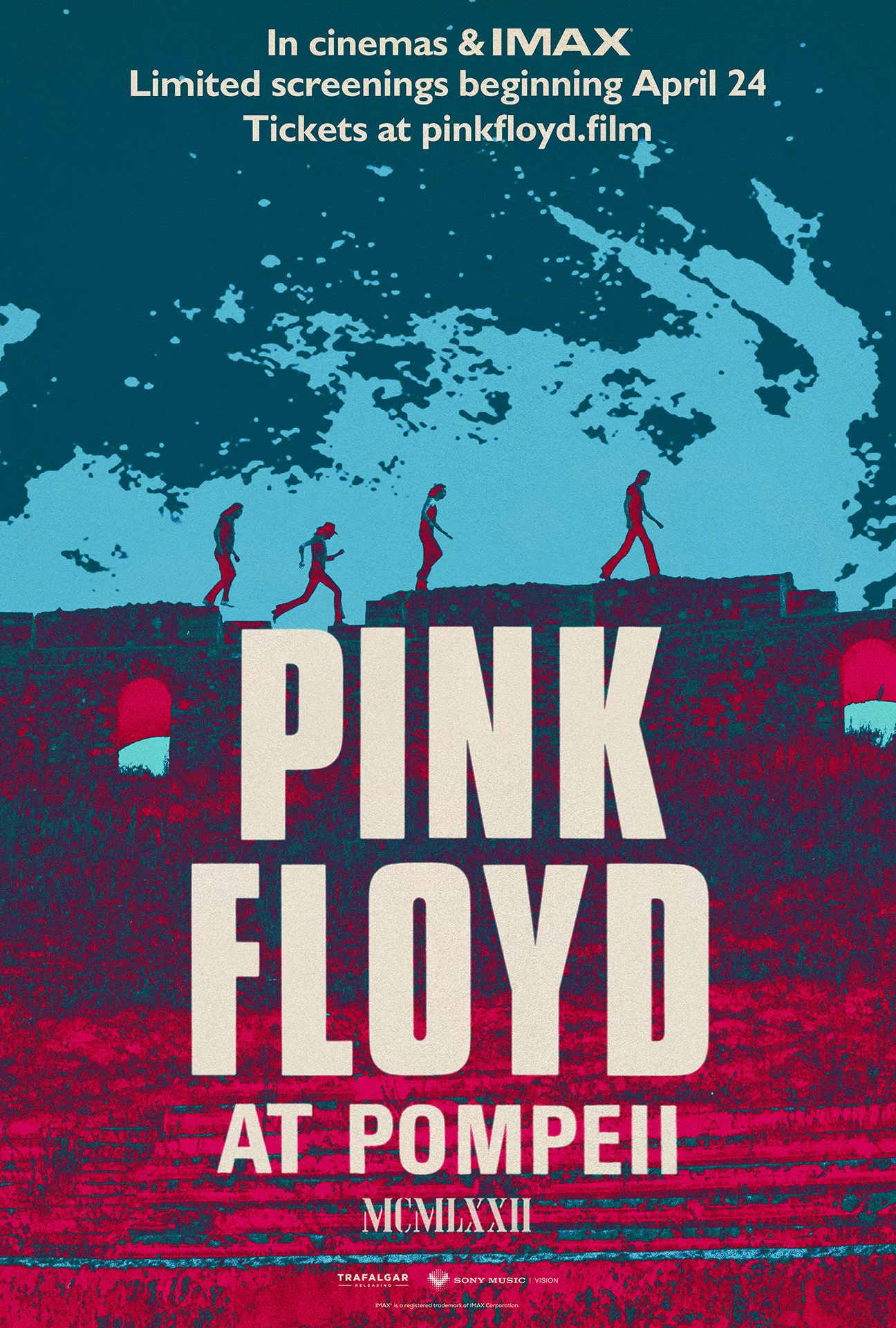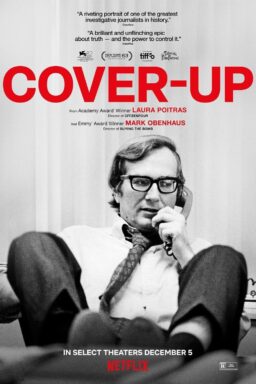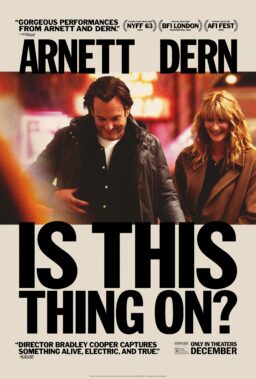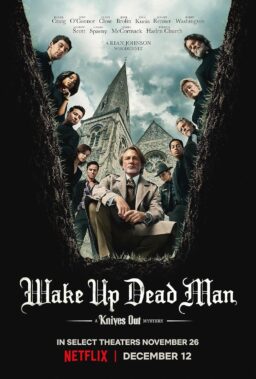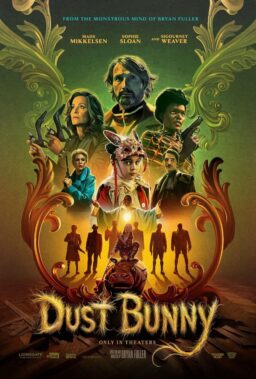Performing a live concert for no audience may seem like a cryptic action. Still, Pink Floyd had its reasons for setting up its substantial array of instruments, effects, and amplifiers in a crumbling amphitheater in the ruins of Pompeii in 1971. Film director Adrian Maben initially approached Pink Floyd about making a film with accompaniment from surrealist art images. The group was conversant in cinema and soundtracks. Elaborate light shows accompanied their live psychedelic jams in the late ‘60s, and they’d worked with the French director Barbet Schroeder, concocting specific soundtracks for his films “More” and “La Vallée.” But they didn’t cotton to Maben’s idea. Maben got a better idea on a trip to Italy: seduced by not just the visual aspects of Pompeii, but also the wind that underscored the otherwise silent environment, he envisioned an ideal spot for Floyd’s jams.
For this indeed was the period, post-Syd-Barrett and immediately pre-Dark Side of the Moon, in which Floyd, no longer a band with a definite front man, embarked on a musical journey of discovery that yielded longish opi like “Echoes” and not-much-less expansive musical journeys of dread and wonder like “Careful With That Axe, Eugene,” “One of These Days I’m Going to Cut You Into Little Pieces,” and “Set The Controls For The Heart of The Sun.” Maben’s new idea convinced the band, and so he flew them and their gear down to Italy and started shooting. In 16mm.
This version of the film is the longest cut, coming in at a hair over 90 minutes. The audio was remixed by Steven Wilson, the progressive-affiliated musician whose overhauls of music by King Crimson, Yes, XTC, Jethro Tull, and other forward-facing vintage rock acts have practically bankrupted this reviewer. And the visuals have been blown up to IMAX proportions. To commemorate this, the movie has been retitled with the year “1972” added. Only in Roman numerals, because that’s how we roll in art-rock circles.
The IMAX expansion is rather grainy, but I have a vague recollection that the movie also looked grainy when I saw excerpts from it on a 12-inch color television set in the 1970s. The concert material is broken up with a vaguely Dadaist bit depicting the band making repetitive orders in a canteen and submitting, without too much enthusiasm but without seeming terribly spaced out either, to interviews.
Pink Floyd’s legend, of course, began with the tragic story of the aforementioned co-founder and singer-songwriter Syd Barrett, a creative dynamo whose prodigious use of LSD burned him out to the extent that he was barely able to contribute to the band’s second album. (The first, The Piper at the Gates of Dawn,”was the definitive psychedelic music object and arguably remains so.) This edition of Pink Floyd shows them resistant to any drug associations (and why not), even as they also steer from any banal categorization of what they’re about. As fans know, bassist Roger Waters’ increasing creative dominance of the group (and his increasingly insistent minimizing of the input of the other members) would lead, years later, to its extremely acrimonious breakup. But here the fellows seem to be getting along reasonably well. And director Maben’s frequent close-up views of guitarist David Gilmour’s cosmic-blues fretwork will make axe wonks happy, especially given the dimensions of the screen.

